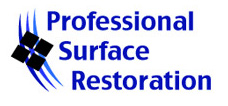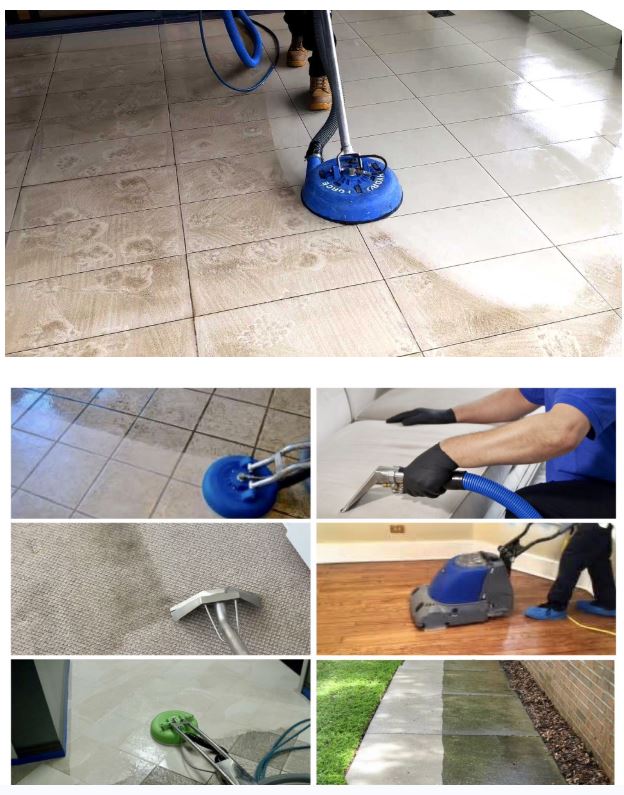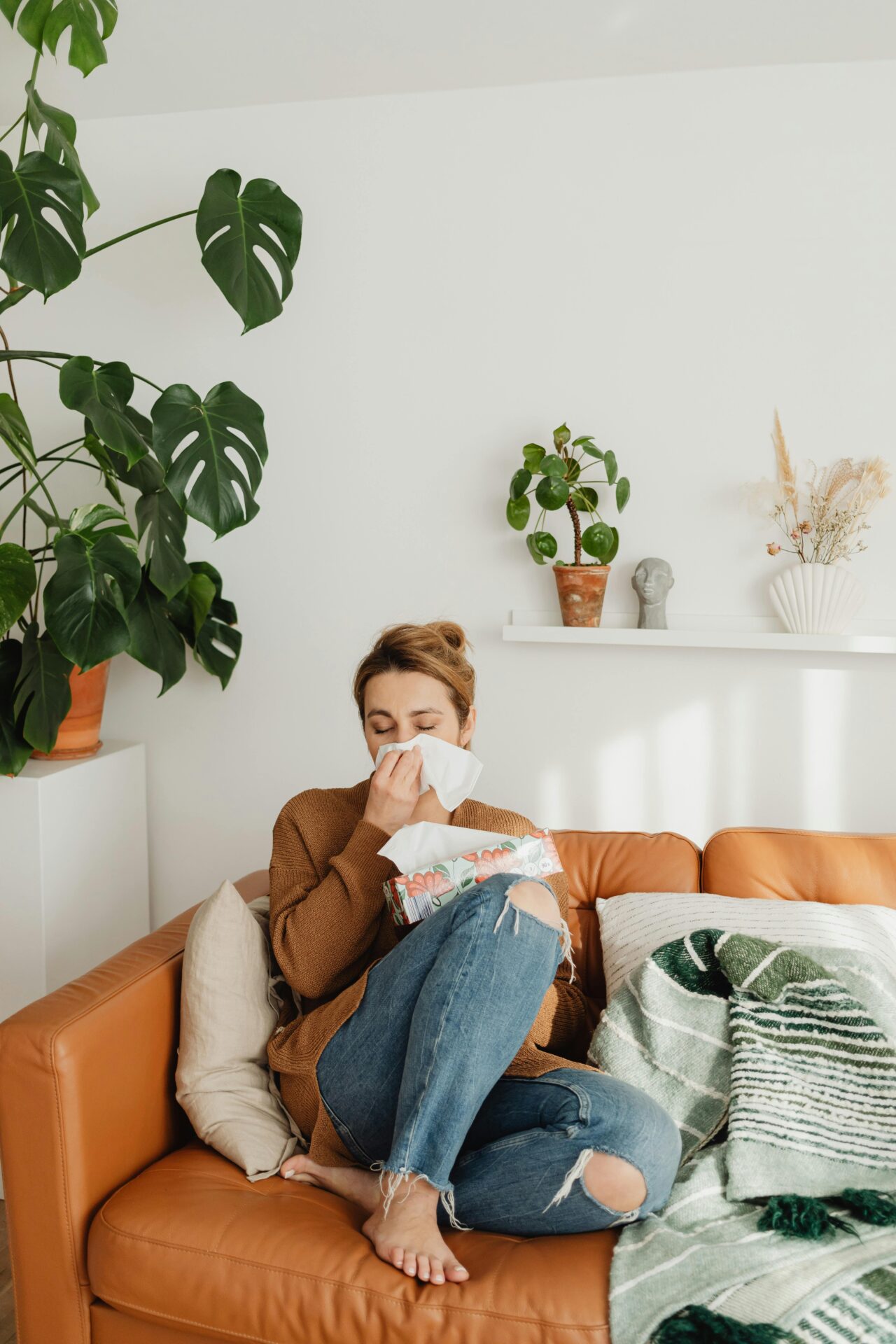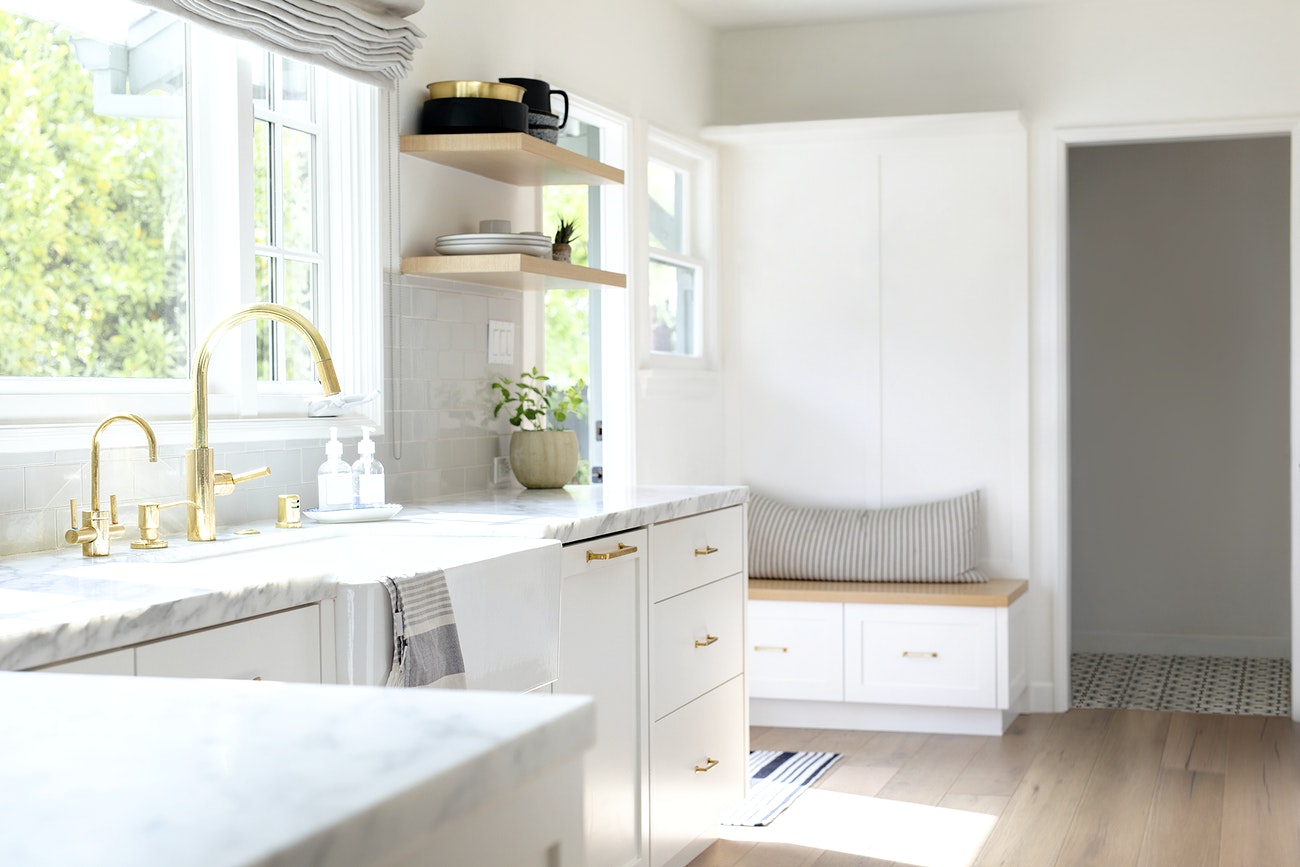
Once the holidays wrap up and the decorations come down, many homeowners breathe a sigh of relief. But while the calendar may have turned to January, winter has often left its mark inside your home, especially on your floors. Salt, slush, moisture, and grit tracked in over weeks of holiday gatherings and winter weather don’t just disappear on their own.
In fact, keep reading as we explore why January is one of the most important times of year to schedule a professional deep cleaning.
The Hidden Impact of Winter Foot Traffic
Winter conditions create a perfect storm for floor damage. Snow and ice melt into slush, road salt clings to shoes and boots, and moisture is tracked into entryways, hallways, and living spaces. Even if you’re diligent about wiping feet, tiny salt crystals and fine grit make their way deep into carpets, grout lines, and upholstery fibers.
Over time, salt acts like an abrasive. In carpet, it breaks down fibers and causes discoloration. On tile and grout, it leaves behind residue that dulls surfaces and traps moisture. Upholstered furniture absorbs dampness and odors, especially when guests sit down wearing winter coats or wet clothing. By January, much of this buildup is invisible but actively damaging your surfaces.
RELATED ARTICLE: Is Your Couch Making You Sick? Hidden Upholstery Germs You Don’t Want to Think About
Why January Is the Ideal Time to Deep Clean
January offers a natural pause after the hustle of the holidays. Guests have gone home, foot traffic slows, and it’s easier to schedule services without interruptions. More importantly, deep cleaning now helps stop winter damage before it becomes permanent.
Professional cleaning removes salt residue, moisture, and grime that regular mopping or vacuuming can’t reach. Hot water extraction lifts embedded debris from carpet fibers. Tile and grout cleaning flushes out salt and moisture trapped in porous surfaces. Upholstery cleaning removes lingering odors and dampness that can lead to mildew if ignored.
Addressing these issues early helps protect your floors and furniture for the remainder of winter, when cold, wet conditions are still very much in play.
RELATED ARTICLE: Carpet Cleaning Near Me: How Often Should You Deep Clean?
A Healthier Start to the New Year
Winter also means closed windows and less ventilation. When salt, dust, and moisture sit in carpets and upholstery, they contribute to poor indoor air quality. This can aggravate allergies, dry skin, and respiratory issues, especially after weeks of holiday gatherings.
January deep cleaning supports a healthier indoor environment by removing irritants that have built up over time. It’s a simple but effective way to align your home with common New Year goals around wellness and fresh starts.
Protecting Your Investment
Flooring and furniture are major investments. Allowing winter residue to sit for months accelerates wear and shortens their lifespan. Deep cleaning in January is a form of preventative maintenance, helping you avoid costly repairs or replacements later.
Rather than waiting until spring, when damage may already be done, January cleaning preserves the condition and appearance of your surfaces when they need it most.
Common Questions We Get Asked
Q. Why does winter salt damage carpets and floors?
A. Salt crystals are abrasive and attract moisture. When embedded in carpet or grout, they break down fibers and finishes while trapping dampness that leads to staining and deterioration.
Q. Is vacuuming enough to remove winter buildup?
A. Vacuuming helps with surface debris, but it doesn’t remove salt residue, moisture, or grime trapped deep within fibers and porous surfaces. Professional cleaning is required for a true reset.
Q. What areas of the home should be cleaned first in January?
A. Entryways, hallways, living rooms, stair carpets, and upholstered seating typically see the most winter traffic and benefit most from deep cleaning.
Q. How soon after the holidays should I schedule a deep clean?
A. January is ideal. The sooner you remove winter residue, the better you can protect your floors and furniture from ongoing damage.
Start the Year Clean with Professional Surface Restoration
Winter may not be over, but the damage it leaves behind doesn’t have to linger. January is the perfect time to deep clean your carpets, tile, grout, and upholstery and protect your home for the months ahead.
Contact Professional Surface Restoration today to schedule your post-holiday deep cleaning and start the year with a cleaner, healthier home.









